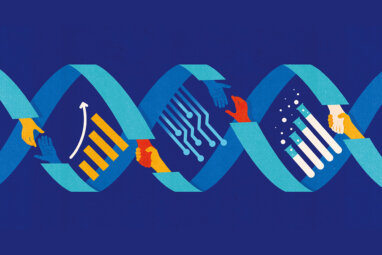Tradeoffs in Sustainability-Oriented Innovations
Sustainability means balancing short- and long-term priorities.
Topics
Leading Sustainable Organizations
Jason Jay and colleagues have posted a series of articles that speak to sustainability-oriented innovation (SOI). Their insights are rich and point to the value of SOI in creating value not only for the firm, but for society. They suggest that seeing profit and planet as tradeoffs can constrain innovation.
There is one aspect of their article that warrants further consideration. In addition to the profit-versus-planet considerations highlighted by Jay and colleagues, another fundamental tradeoff in sustainability is between the short term and the long term, or what we call “intertemporal tradeoffs.” The differences are substantive, not just semantic.
The UN World Commission on Environment and Development’s 1987 document, Our Common Future, notes that sustainability requires business and society to “meet the needs of the present without compromising the ability of future generations to meet their own needs.” At the heart of this definition is the notion of intergenerational equity, which requires intertemporal tradeoffs. If sustainability is framed as a tradeoff between business and society, addressing this tradeoff for the short term may sometimes exacerbate long-term problems — compromising sustainability.
Let’s look at this problem more closely. Natural resource systems impose the constraints that create intertemporal tradeoffs. Natural resources renew at specific rates, so consuming too much too quickly will disrupt natural systems, leaving less for future generations.
The simplest way to avoid disrupting these systems is by finding efficiencies in current production processes. By using fewer resources, such as energy and physical materials, firms will certainly find a win-win between profits and planet. However, by failing to consider intertemporal tradeoffs, the wins to the firm in the short term may come at a cost to the planet in the long term.
Jay, Gonzalez, and Swibel illustrate SOI through Nike’s FlyKnit. Instead of cutting materials to make a shoe, Nike can now weave shoes from a single thread. The technology means less material used and less material wasted. This process is good for the company because it saves costs, and it is good for the planet because it leaves fossil fuels and materials in the ground.





